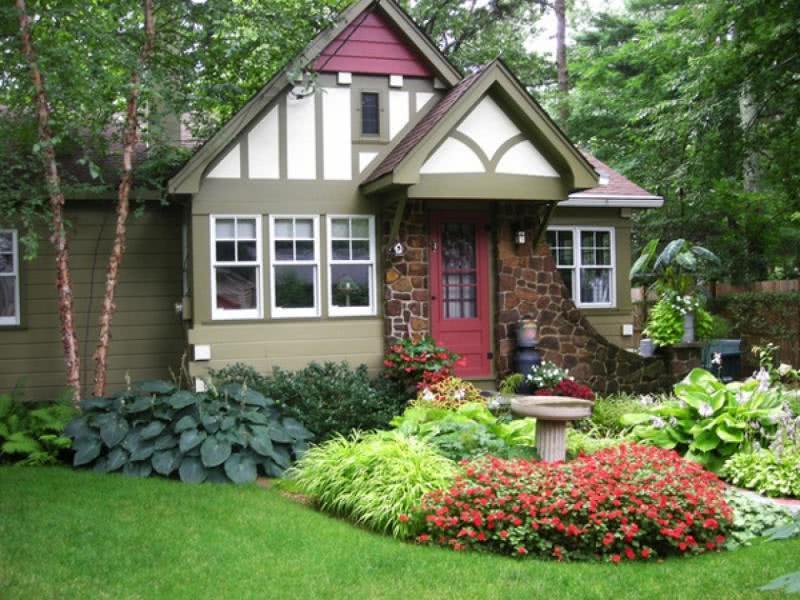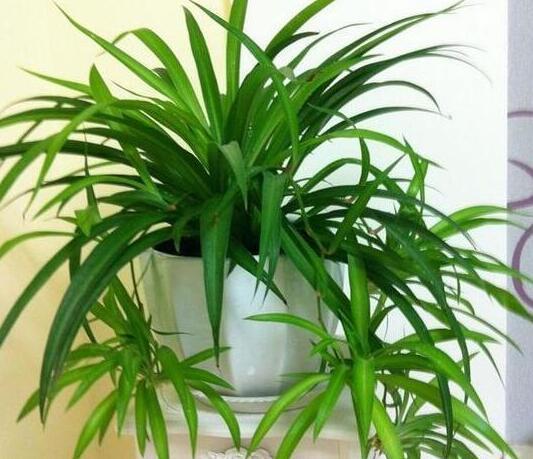The three elements of potted jasmine are in full bloom.

As one of the representatives of fragrant flowers in summer, jasmine blossoms in summer and is full of fragrance. Therefore, flower friends like to raise jasmine. However, many flower friends still failed to raise jasmine, because the elements of conservation were not clear at the beginning. To raise jasmine, it is necessary to find out the three elements in order to fill the tree.
Factor one: the choice of flower farm
The flower farm where jasmine potted plants are placed should be set up by making full use of other scattered plots in front and back of the house as much as possible. The flower cultivation site requires a place with plenty of sunshine, not easy to accumulate water, and convenient management. If it is necessary to enter the greenhouse, flower box or ridge in winter, the flower farm should be close to the winter insulation facilities so as to facilitate the removal.
If it is a balcony to maintain jasmine potted plants, just put it in a sunny place to maintain. Usually pay attention to timely watering and fertilization. Fertilizer recommends that flower friends use organic liquid fertilizer commonly used in flowers, which can be diluted 500 times and can be used alternately with potassium dihydrogen phosphate or ferrous sulfate, which can promote flowers and prevent yellow leaves while replenishing nutrients.
Factor 2: preparation of cultivated soil
Cultivation soil is the basis for potted jasmine to be full of plants, so special efforts should be made. The culture soil used by different flowers is different. The cultivation soil of jasmine requires humus soil which is loose, fertile, does not contain toxic substances and has certain aggregate structure.
In addition to exploring and using natural humus soil, trainers can also use sun-dried river mud, pond mud or fertile soil to be mixed with compost, chicken manure, barnyard manure and other high-quality organic manure. Among them, 4 were soil, 4 were compost, and 2 were fine sand.
For example, the culture soil used for cutting seedlings in the basin is usually made by fully mixing 7 parts of burning soil and 3 parts of fine sand; some are made from the upper soil of the paddy field, after turning and drying for a winter, and then sifted the following year and then mixed with 30% rice chaff ash.
Element 3: preparation of potted containers
Potted jasmine mostly uses straight plain burning pots with drainage holes at the bottom, as well as wooden pots, cement pots and so on. Plastic gallon pots can also be used to benefit the growth of jasmine, cost saving, easy operation and so on.
Pot jasmine uses plastic gallon pots, generally pots insert seedlings for a short time, in order to save the amount of soil, as long as the choice of caliber 25 cm can be; planting seedlings generally use 30 cm pots; enter the peak production period, plant large jasmine can be replaced with 36 cm caliber pots.
As the texture of the new pot is relatively loose and dry, it should be soaked in water before it is put on the pot, so that it can fully absorb water and moist, and then be potted so as not to affect the growth of jasmine.
- Prev

17 cases of courtyard garden design what is it like to live in such an environment every day?
There are 17 design cases of "courtyard garden". People who live in the garden will have a beautiful mood every day, and the flower border design in the courtyard adds a lot of color to the courtyard! Create an independent leisure zone, surrounded by green, birds and flowers.
- Next

Add some loose and breathable green pineapple, asparagus, wealth tree to the bottom of the basin. Crazy growth can't be stopped.
Green pineapple, asparagus and rich tree are all common foliage potted plants. Many flower friends will plant two pots in their homes, especially green pineapple and hanging orchid. Maintenance is also relatively simple, but there are still some flower friends.
Related
- Wuhan Hospital Iron Tree Blooming Result Was Instantly Frightened by the Gardener Master
- Which variety of camellia is the most fragrant and best? Which one do you like best?
- What is the small blue coat, the breeding methods and matters needing attention of the succulent plant
- Dormancy time and maintenance management of succulent plants during dormancy
- Minas succulent how to raise, Minas succulent plant pictures
- What are the varieties of winter succulent plants
- How to raise succulent plants in twelve rolls? let's take a look at some experience of breeding twelve rolls.
- Attention should be paid to water control for succulent plants during dormant period (winter and summer)
- Watering experience of twelve rolls of succulent plants
- Techniques for fertilizing succulent plants. An article will let you know how to fertilize succulent plants.

